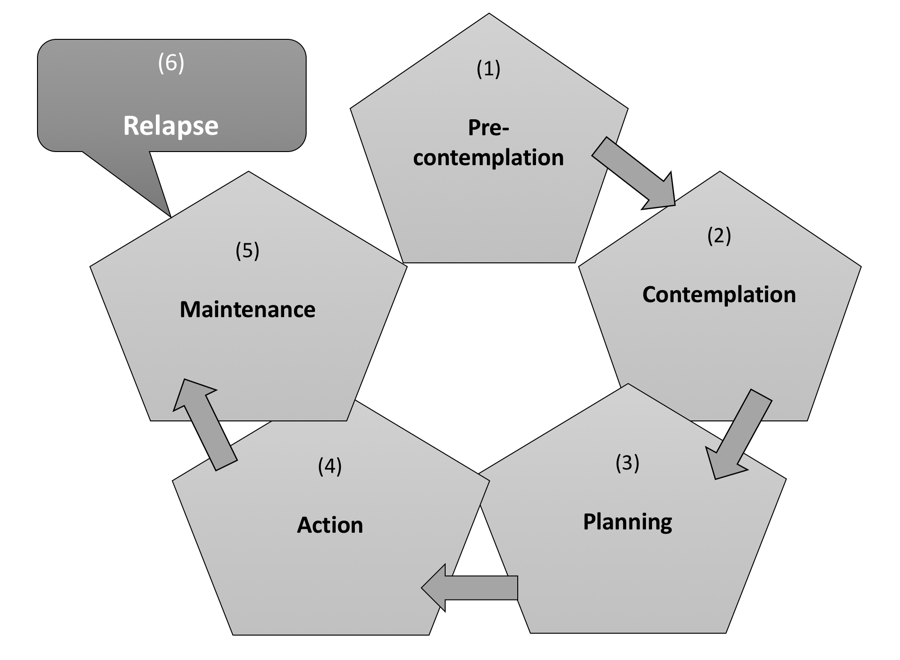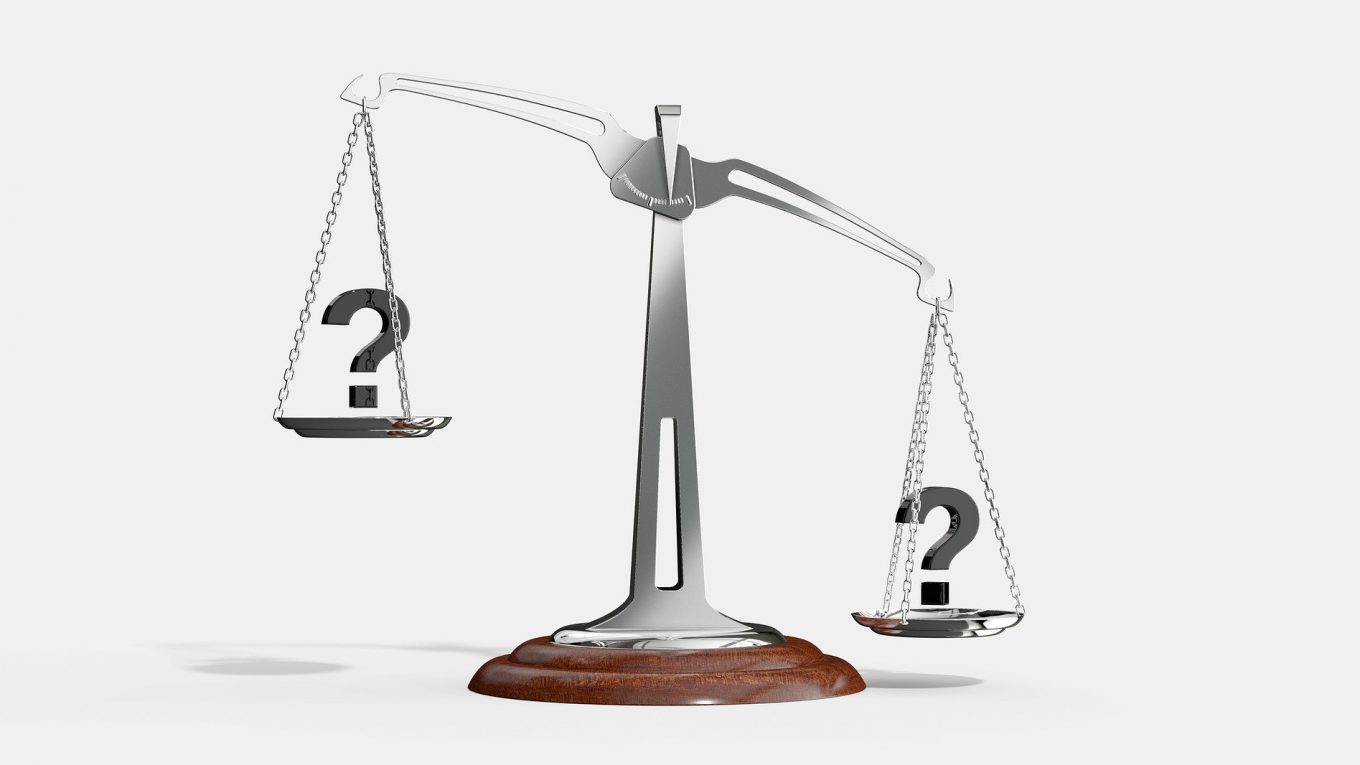A couple of ideas about changing habits
The Decision Balance chart
There are good things about choosing to go low-carb, but there will be bad things about it too. In the same way there are bad things about staying high-carb and good things about it too. Why not draw up your own Decision Balance Chart and fill it in with the good, the bad (and the ugly?) about change or no-change. It can be amazingly powerful and helpful if you are contemplating change. I have filled in a few suggestions made by course participants in the past as an example. You can use the Chart for other life changes too, for example, smoking and alcohol.

Through the 1970s, James Prochaska and Carlo DiClemente developed a structured method for helping therapists facilitate life and behavioural change with their clients. They called it the Transtheoretical Model of Behaviour Change (3). It has been developed and modified over the years, but the underlying principle remains useful. It is still used extensively, particularly in situations where psychological or addictive issues are being addressed. Robert and Peter shared something called the Cycle of Change with the groups, an exercise that came out of the Transcultural Model studies.
When they first saw the illustration of the cycle, most of the participants remarked that it instantly made sense to them. They found it useful in identifying exactly where they were on their own personal dietary journey. Many found two of its features particularly helpful. They were that the “Action Step” should be preceded by mindful contemplation and preparation; getting ready to change, in other words. Rushing into change frequently fails. And secondly, the cycle admitted, proclaimed even, that “Relapse’ is a real and ever-present problem and that it too needs to be acknowledged, addressed, and put right out there in the open. Knowing that relapses can/will happen from the word go is pragmatically accommodated into the cycle. It makes provision for wobbles; it knows that at times we can all fall off the wagon. We can all relapse. The secret when we fail is not to be too downhearted, but to “move on back two squares” and then jump back on again. Most people have lapses. Most of us experience setbacks. Knowing stormy weather is never too far ahead should prompt us to make provision, give thought to, and prepare for how we will handle it. The Cycle of Change works best when it is shared with someone who supports you and has time to talk. Again, it also works particularly well with people in groups.
Prochaska and DiClemente’s Cycle of Change

1 – Pre-contemplation: you are not ready to change. You may not have realised that there is a problem, or feel that it isn’t an important issue for you at the present time. While some in pre-contemplation may be in denial, others will know there is a problem but may decide that the time is not yet right. You may feel fine and enjoy eating all those things that are not so good for you, but you are content to continue like this. At least, for the time being.
2 – Contemplation: Time to start getting ready for change. At this stage, no action is required; fools rush in…and all that. But you have started to understand that there is a problem, you are beginning to get your head around it. Deciding that there is something about your diet that is dangerous, that could be improved, and that change and might benefit your health does not mean you have actually changed anything, yet. But it does mean that light has started shining into the darkness.
3 – Planning: A crucial stage. You are getting ready. You are preparing to make a start. You know there is a problem and you now really want to do something about it. You are approaching commitment. You have started to consider what change will mean, how it will affect your life, and how it can be done in practice. These are the Shop, Cook, Dine questions. It might mean talking with significant others in your life or planning menus, but it also means thinking about your particular vulnerabilities. It may also include drawing up a Decision Balance list.
4 – Action: You have made that first crucial step and are now modifying your behaviour. It may be to do with alcohol, smoking or exercise, for example. It could be about making social changes in your life. But it can also be about implementing a new eating lifestyle.
5 – Maintenance: You have changed. You have done it. Well done. You are now working to sustain it in your everyday life. You will be alert for those little voices of temptation and honestly prepared to avoid lapses.
6 – Relapse: Sliding backwards is human. You may have done very well, but have now fallen back into your old ways, perhaps when you were on holiday or was it over Christmas with its orgy of carbohydrate feasting and indulgence? Do not be afraid. You know that lapses happen; it is pretty well inevitable. So, acknowledge that this is where you are at. But remember Maria’s advice: “Don’t let your lapses become [sustained] relapses”. Get back into contemplation, planning, and action mode, and move on. This applies to small lapses as well. Confess, repent and move on.

